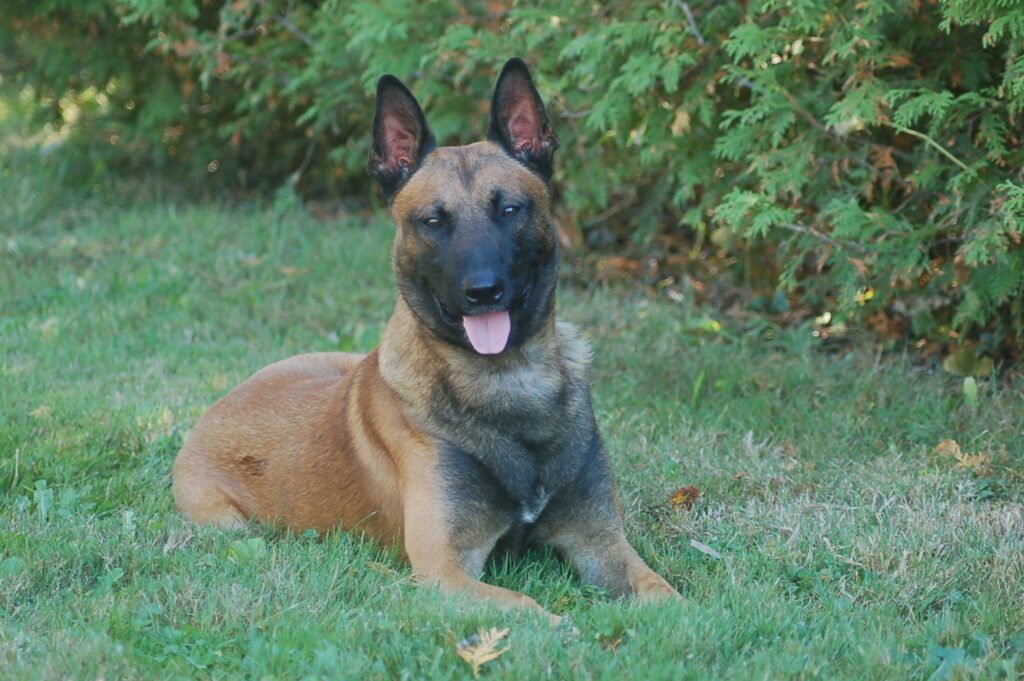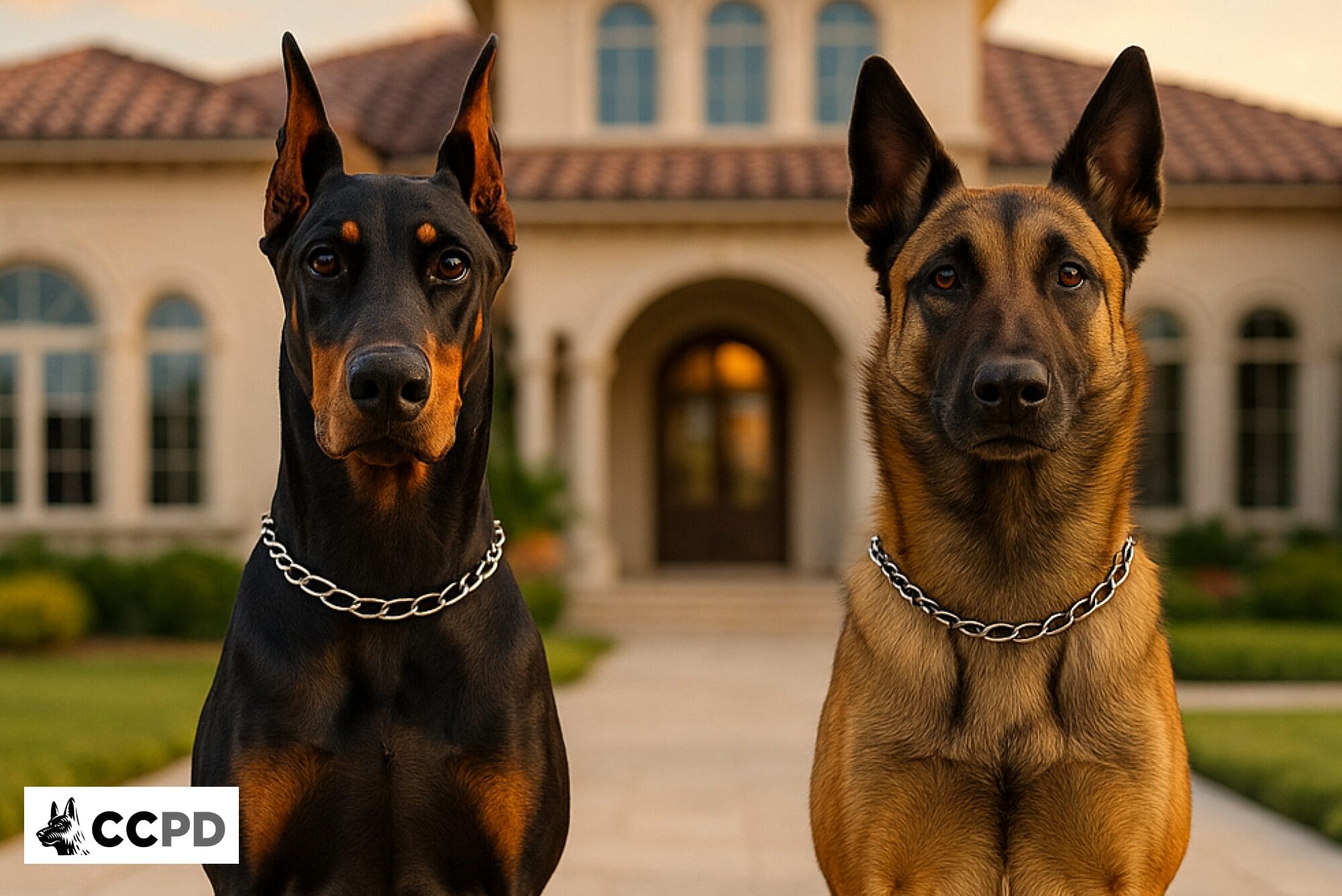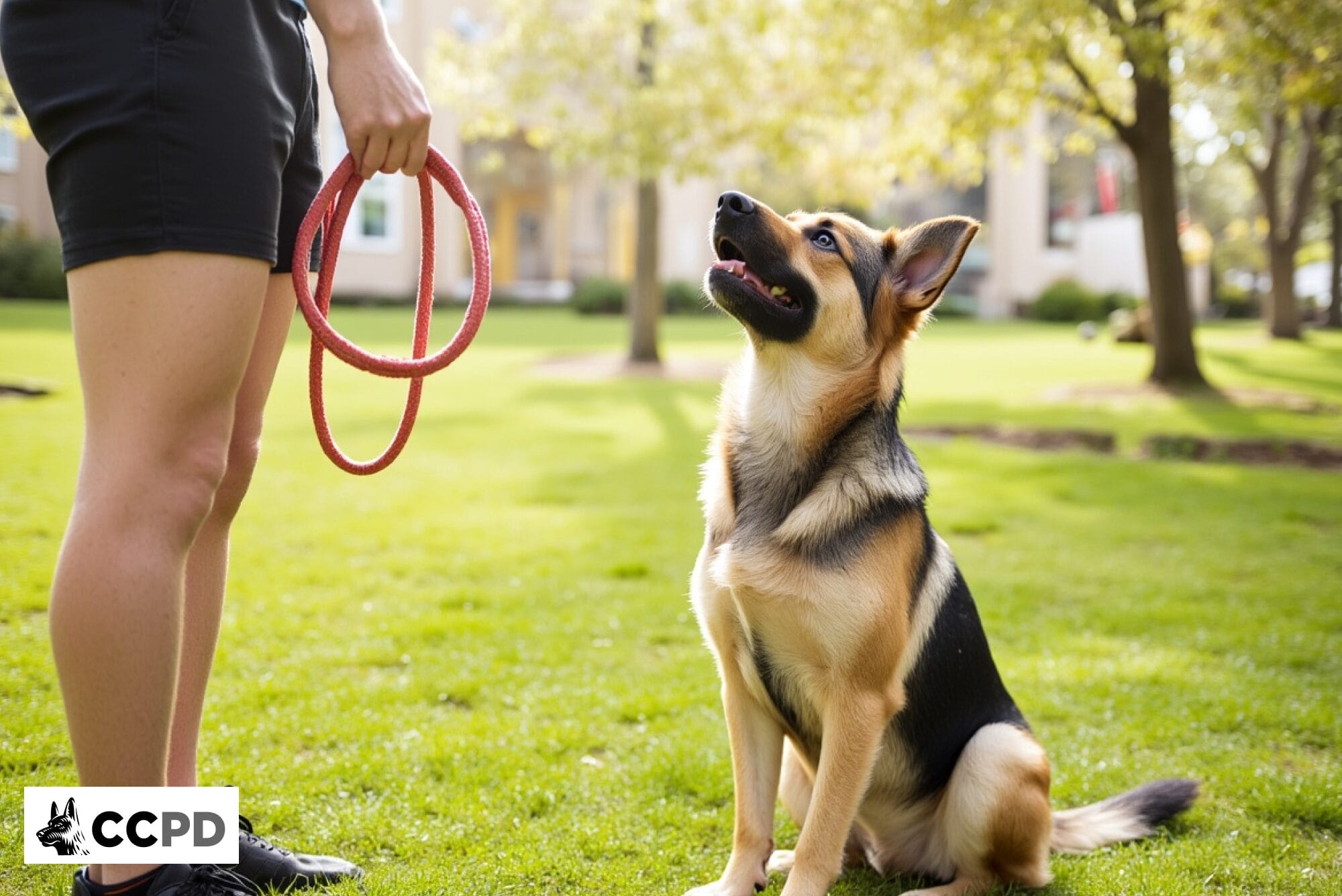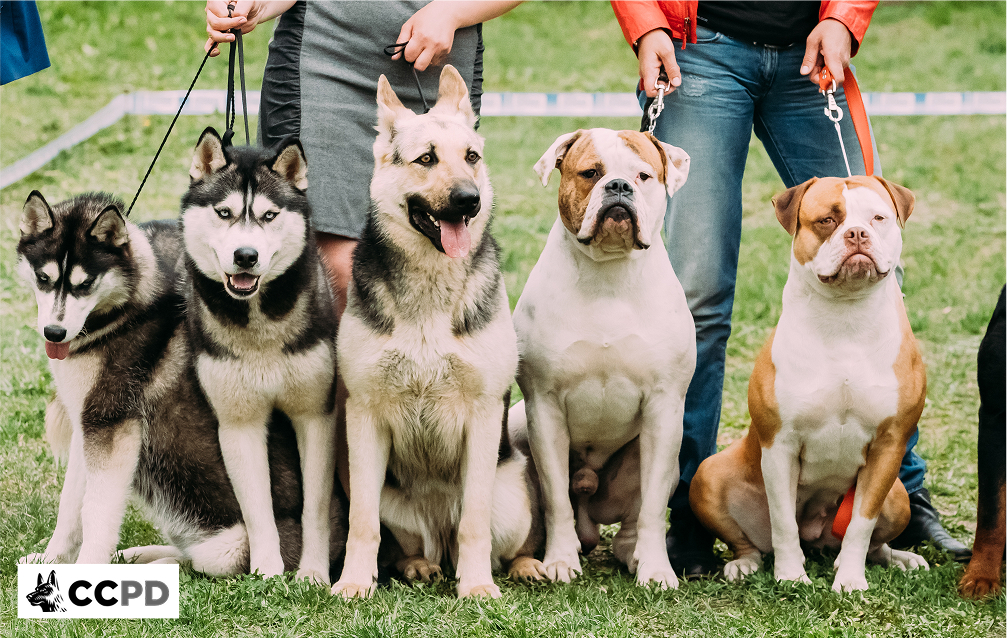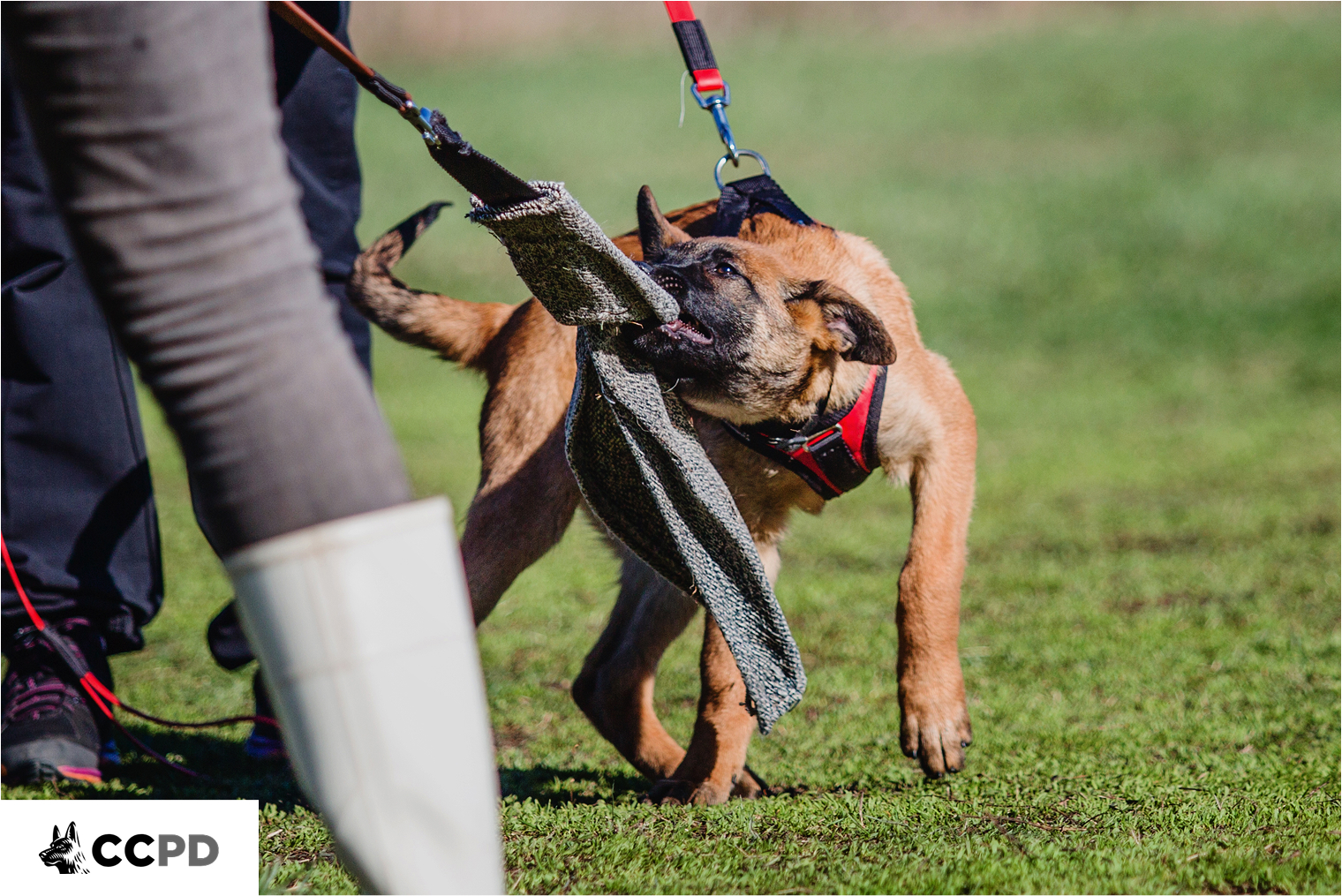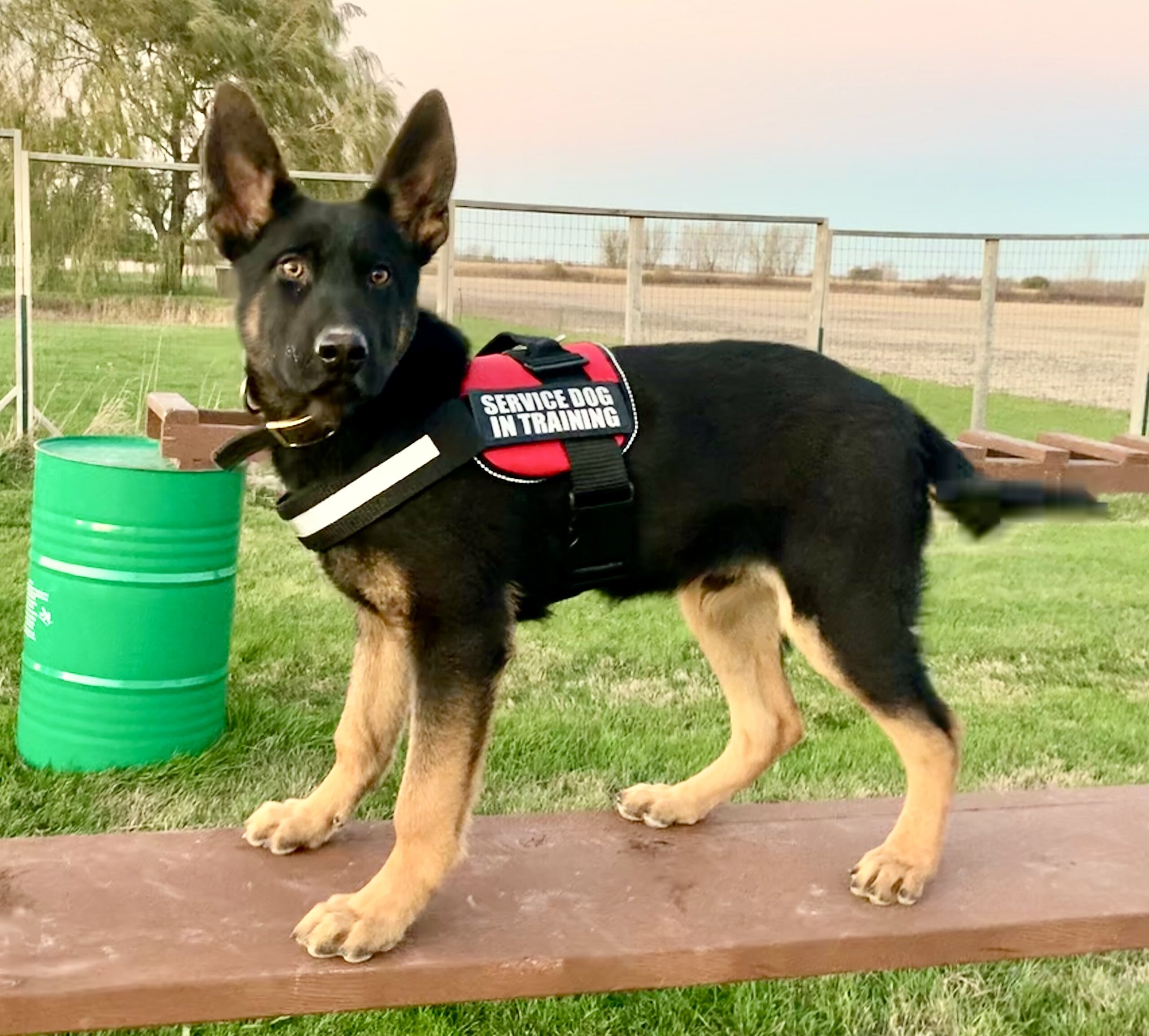Where to buy a dog? Many companies claim to sell protection dogs, but most of these dogs are actually sporting dogs. Sporting dogs are specifically trained for activities such as agility and obedience, rather than for safeguarding individuals or families. Although these dogs may appear formidable during training sessions, they are not equipped to defend you or your loved ones in actual scenarios.
Possessing titles from organizations like K.N.P.V., IPO, French ring, Belgium ring, or PSA does not equate to having the necessary abilities to serve as a genuine protection dog. It is a common misunderstanding to think that a sporting dog can be simultaneously trained for protection tasks alongside its other capabilities. When exposed to pressure or danger, a sporting dog will likely default to its original training.
For example, if a sporting dog is taught to bark and hold, that is what it will do under stress. This behavior can be dangerous since a dog in that situation might get harmed instead of protecting you.
The genetics of a dog is very important, especially for a protection dog that needs to be brave and resilient.
We Work What We Breed, and Breed What we Work
At CCPD, we understand that early training is essential for developing well-rounded protection dogs. We begin training our dogs when they are just five weeks old. We use a leash and collar to help them explore different places, sounds, and experiences. This includes interactions with children, other dogs, and various loud noises, helping them adapt to the world around them.
Our dog training focuses on real-life situations. We make sure our protection dogs are ready for carjackings, home invasions, and child protection. We prioritize excellence in our breeding practices, carefully considering genetic traits that promote desirable characteristics in each dog.
We emphasize the nerve, confirmation, and work ethic of every dog we breed. A strong desire to please their handlers is crucial for our dogs, even under stress. As a result, our trained executive protection dogs offer perfect protection for your family.
Before You Buy a Dog
In reality, only one percent of all dogs are capable of true protection work. It’s a mistake to think that all German Shepherds or Belgian Malinois are suitable for this role. These breeds may alert you if an unwelcome person approaches, but many dogs will run away if they feel threatened.
Before buying a high-end protection dog, it’s essential to do thorough research on where to buy a dog from. Ask questions and request videos to observe the dog’s training in action and see how it reacts in situations that require protection.
I don’t mean to suggest that sporting dogs aren’t good dogs; they excel in their sports and activities. However, they are not the same as true protection dogs and should not be marketed as such.
